
The number of Latinos in high school and higher ed has increased in recent years
The Hispanic increase is among the underrepresented groups that stood out the most.
More and more Latinos are searching for education opportunities in the United States. From primary to higher education, the presence of the community is growing and projections say it won’t stop anytime soon.
According to the National Center for Education Statistics, between the Fall of 2009 and Fall of 2020, the percentage of public school students who were Hispanic increased from 22% to 28%. Projections expect this number to keep growing, reaching 30% in 2030.
Going in the opposite direction of the Hispanic community, the percentage of public school students of other underrepresented groups, such as African-Americans, decreased from 17% to 15%. The white student population also suffered a decrease, from 54% to 46%.
Not only has the presence of Latinos in high schools increased, but so have Latino students' completion rates.
While in 2012, the percentage of Hispanic high school graduates was 20.2%, this number rose up to 26.5% in 2022. As a greater number of Latinos and Hispanics seek a high school education, it is inevitable that the pattern will continue in higher education.
RELATED CONTENT
When talking about Hispanics enrolling college, the percentage increased from 32% to 36%, between 2009 and 2020. According to the Hispanic Association of College and Universities, 3.4 million Hispanic undergraduate students were enrolled in all postsecondary institutions in 2020-21.
Among these numbers, the presence of especially Hispanic females increased from 36% to 42%, between 2010 and 2020. Hispanic students who were conferred STEM degrees also increased between 2009 and 2018, from 9.2% to 14%.
All these numbers mean a lot for the Latino community, as it shows the potential of a group that has been marginalized for so many years. It also seems like these changes are only starting, and Latinos are finding their place more and more in educational institutions. Predictions expect for Hispanic enrollment in higher education to exceed 4.1 million students by 2026, which represents the largest growth rate when compared to other racial-ethnic groups.






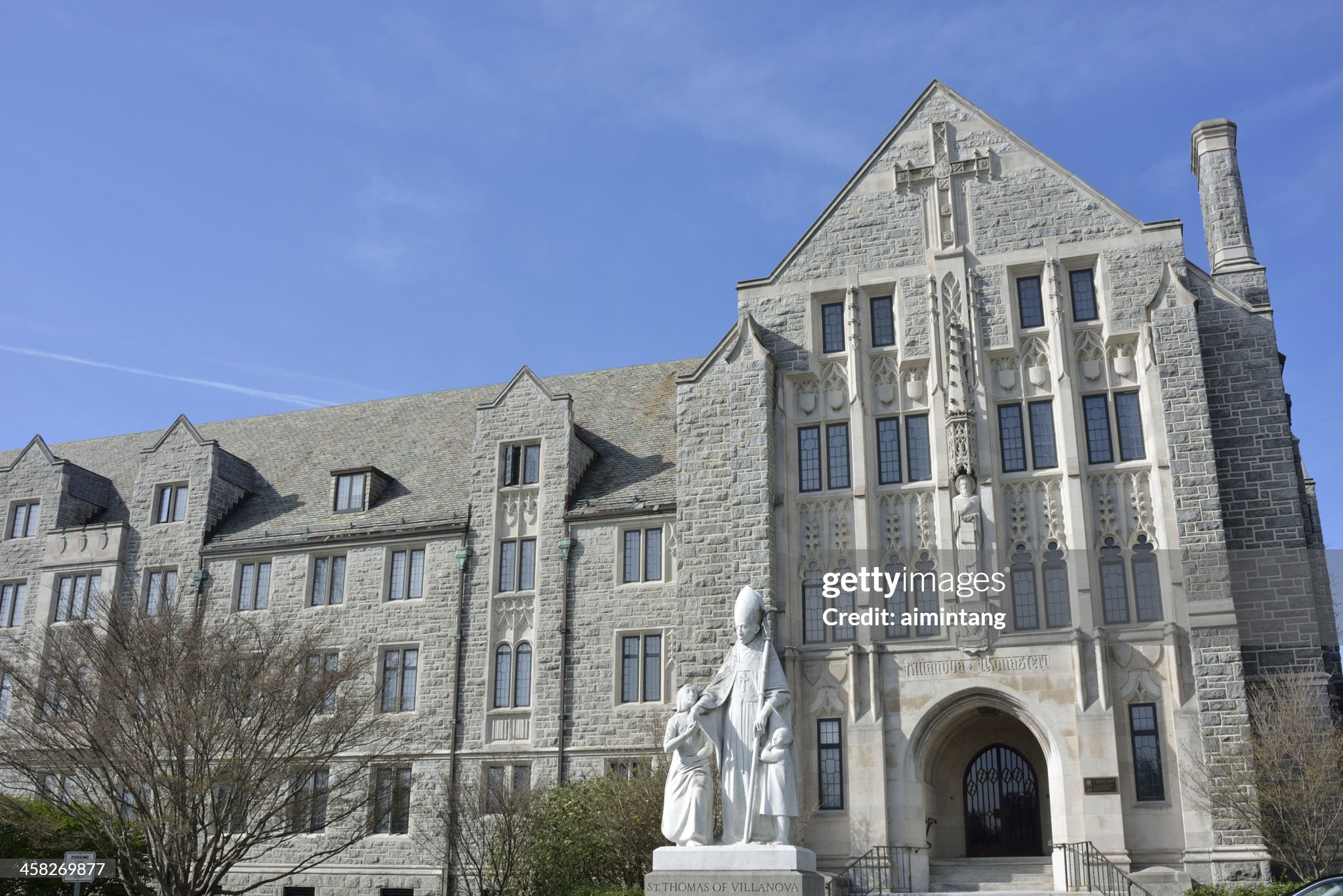
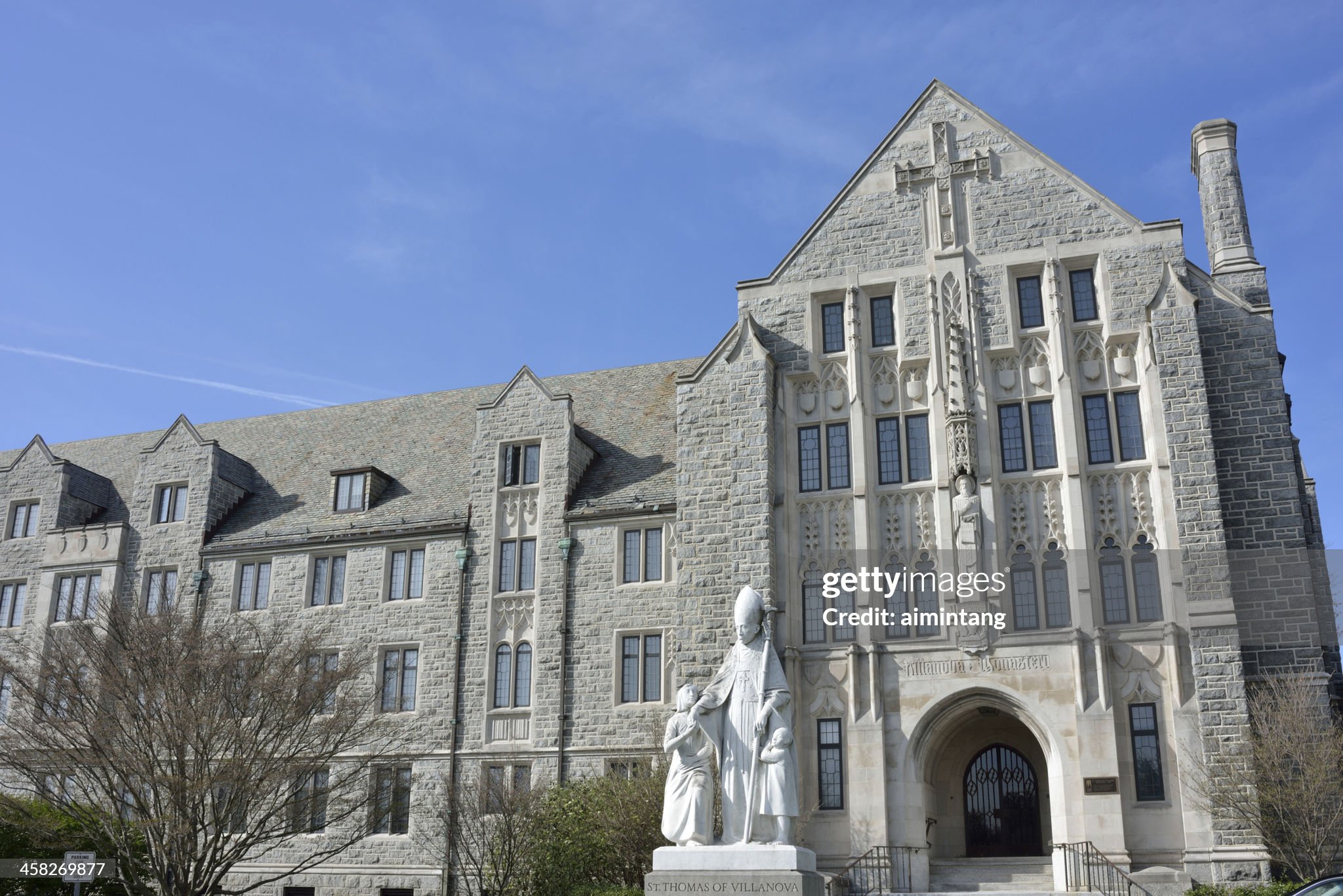
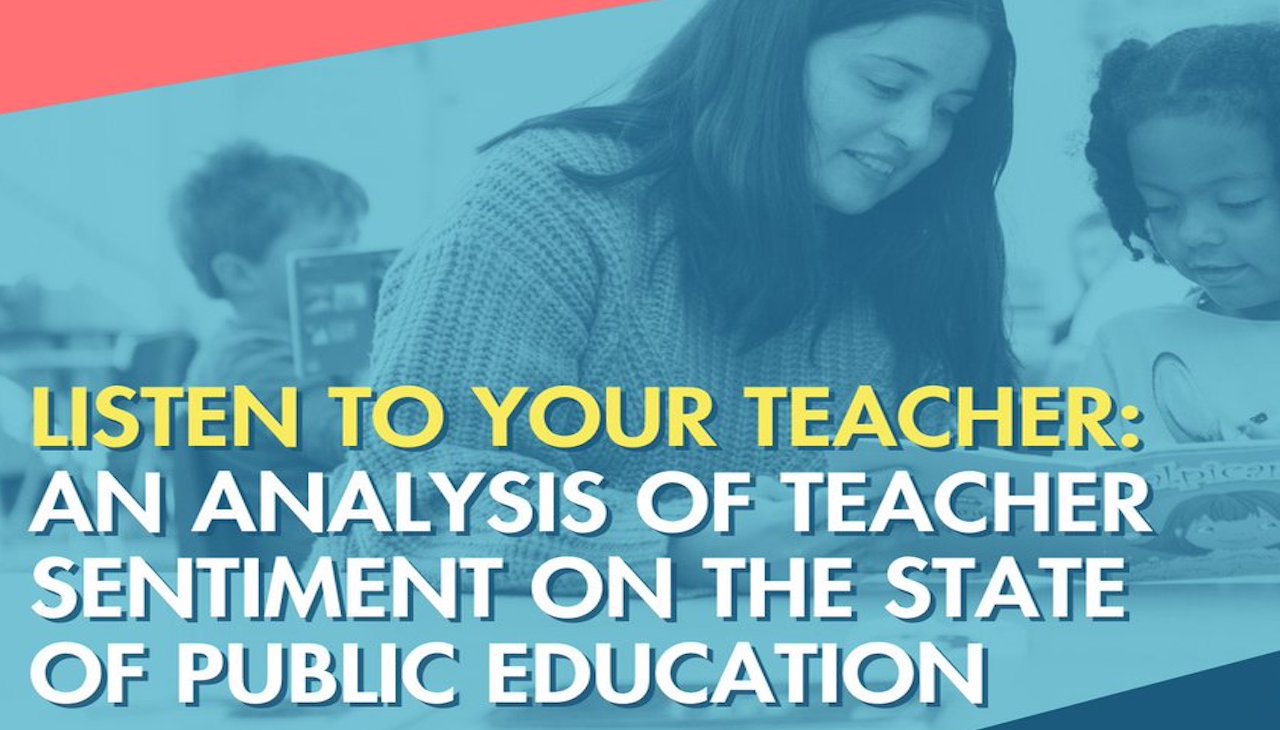
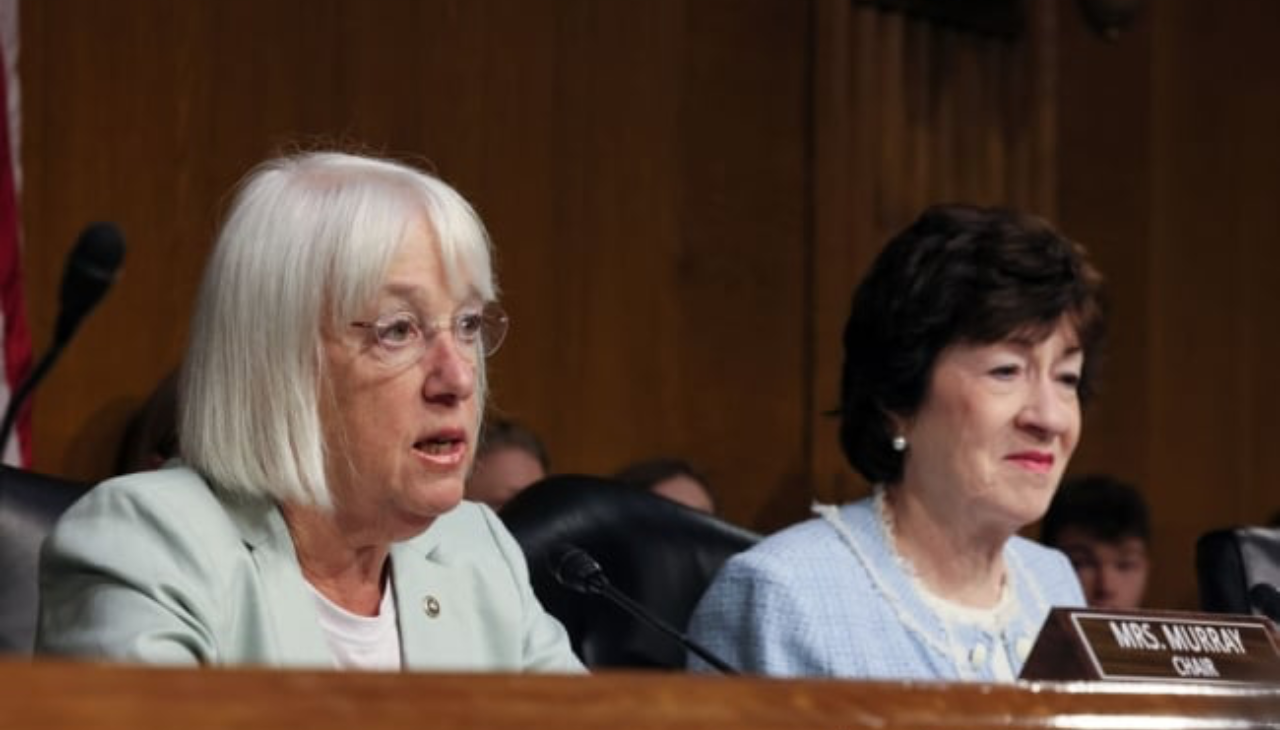
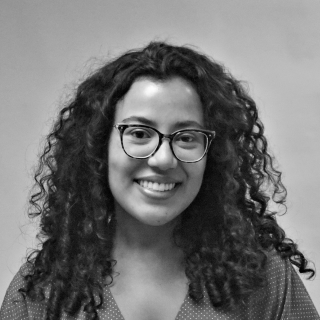
LEAVE A COMMENT:
Join the discussion! Leave a comment.